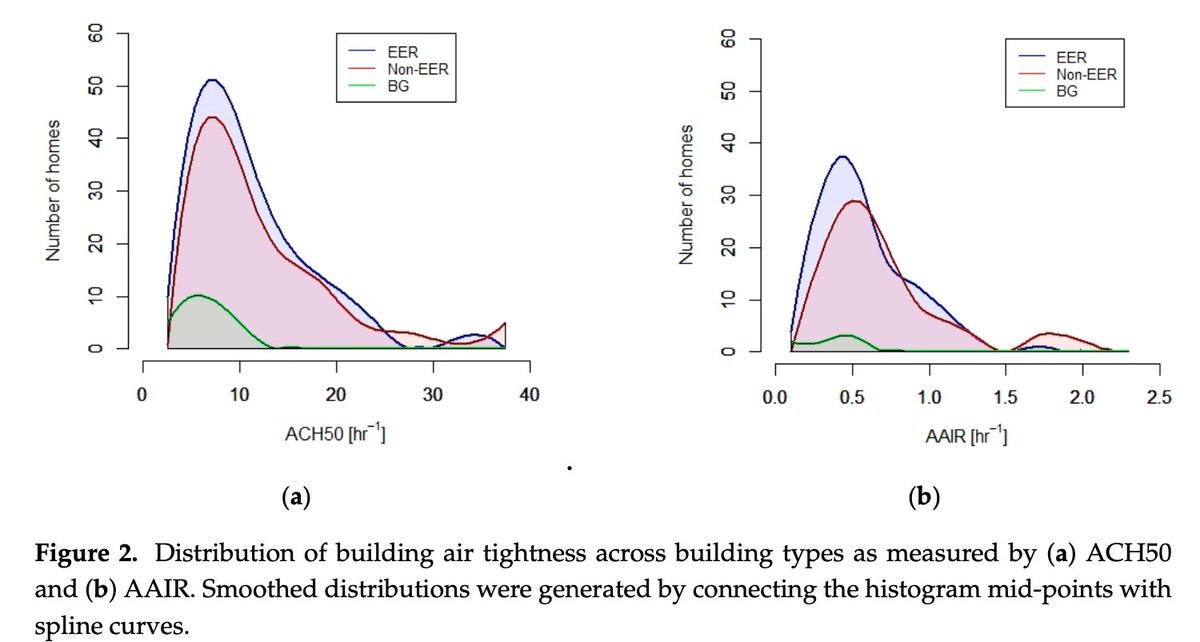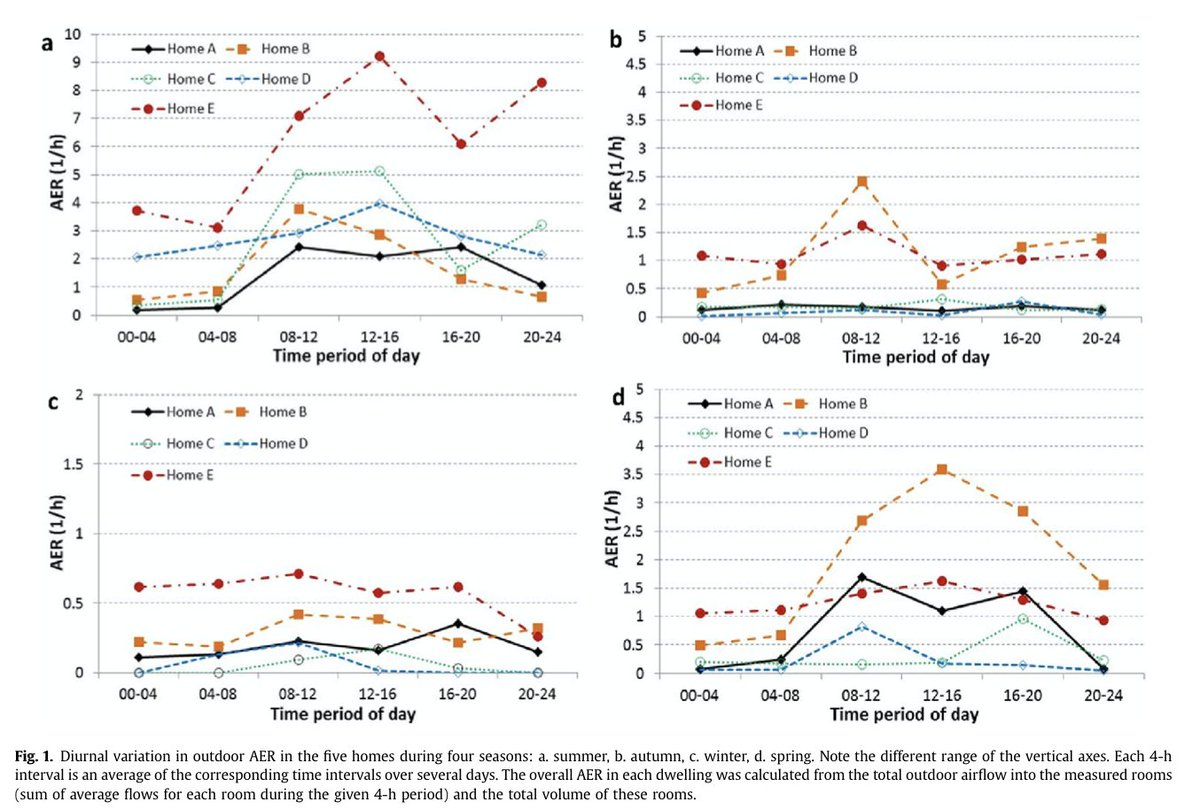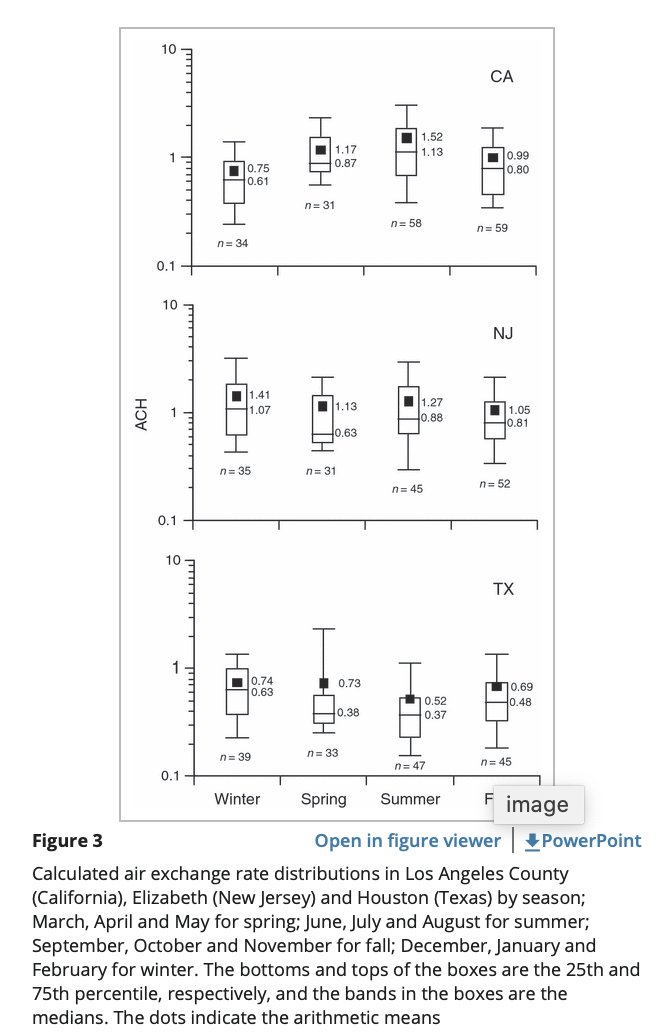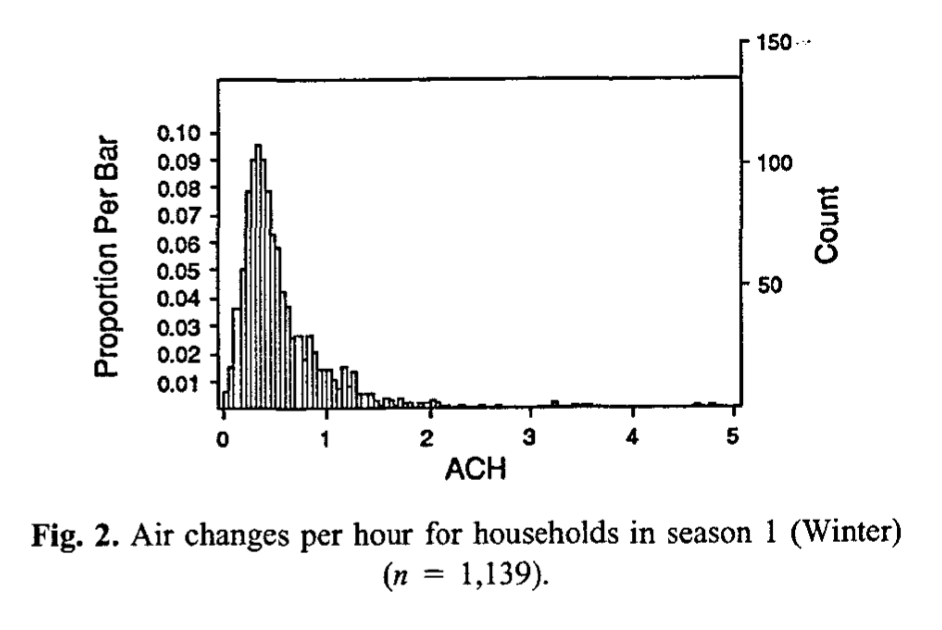1/13 MOST HOMES ARE POORLY VENTILATED. WHAT DOES THIS MEAN FOR COVID-19? Most homes in the US are are poorly ventilated. There is no mechanical system supplying outside air indoors and exhausting indoor air outside. Read the entire post here: https://shellym80304.com/2020/11/02/most-homes-are-poorly-ventilated-what-does-this-mean-for-covid-19/
The way homes are typically ventilated is by opening a window and/door, or by air leaking in (or infiltrating) through unintentional openings and cracks in the building shell. Homes recirculate indoor air through coarse filters when the heating or cooling system is operated.
Why is this important? Because the risk of infection with SARS-CoV-2 increases substantially when you are sharing the air in a poorly ventilated space with an infected person. The majority of transmissions happen within the household.
We have been focusing attention on increasing outdoor air ventilation rates in mechanically ventilated buildings by running the HVAC systems as closed to 100% outside air as possible and improving the air cleaning on the recirculated air by upgrading the filtration efficiency.
Now we need to focus on homes – this is where we will spend much of the colder winter months in the northern climates. I wonder if people are thinking that it is more risky to go out to eat at a restaurant than it is having people over for dinner to your home.
The only problem is the AER in your home is very low and if you have a group of friends over for dinner for a couple of hours, airborne virus particles (aerosols) can build up inside if someone comes over that is infectious, and increasing the risk of infection.
Here is a brief summary of some of the papers that provide estimates of home AERs (all numbers expressed as air changes per hour or 1/h).
Shrestha et al. 2019 https://doi.org/10.3390/su11092667 The annual average infiltration rate (similar to AER but w/ no natural ventilation through windows/doors and measured using a blower door test) was 0.64 ACH.
Beko et al. 2016 http://dx.doi.org/10.1016/j.buildenv.2016.05.016 studied different methods to measure AERs. Their study showed home air exchange rates vary daily and seasonally and in the winter they were always below 1 ACH.
Yamamoto et al 2010 https://doi.org/10.1111/j.1600-0668.2009.00622.x measured AERs in 3 different states and found that the median AER across 3 urban areas in TX, CA, NJ & over all seasons was 0.71 ACH (n=509). In TX, the AER was lower in summer cooling season (0.37) compared to winter (0.63).
Murray and Burmaster 1995 https://doi.org/10.1111/j.1539-6924.1995.tb00338.x conducted the most extensive effort to date documenting residential AERs and provides values for different regions of the country and for different seasons. They report that the median AER was 0.51 ACH.
To lower your risk of getting or transmitting the coronavirus during the winter when many of us live in cold climates and we spend a ton of time in our homes, and we want to have friends and family over, or go to someone’s house for dinner like we used to…we need to remember...
generally homes are poorly ventilated. So to lower risk:
Reduce exposure time–hang out for 1 h instead of three.
Schedule social time outside, maybe on a slightly warmer day with hot apple cider. ventilation-open a few windows. Socially distance, wear your mask when talking alot
ventilation-open a few windows. Socially distance, wear your mask when talking alot
Reduce exposure time–hang out for 1 h instead of three.
Schedule social time outside, maybe on a slightly warmer day with hot apple cider.
 ventilation-open a few windows. Socially distance, wear your mask when talking alot
ventilation-open a few windows. Socially distance, wear your mask when talking alot

 Read on Twitter
Read on Twitter





